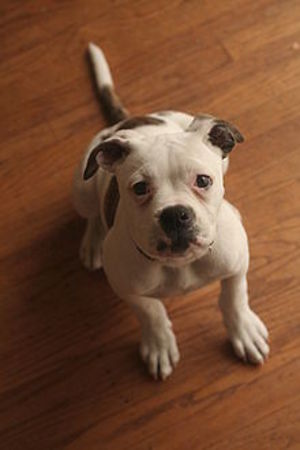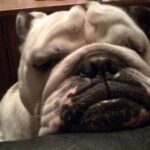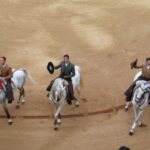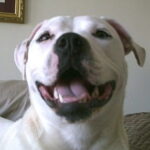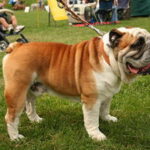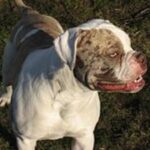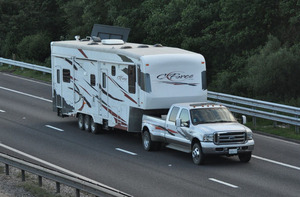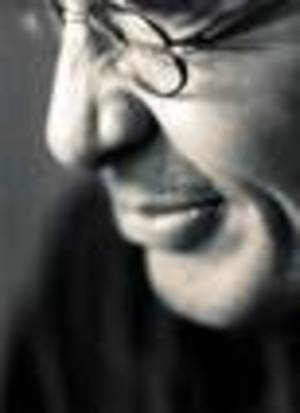Usually, when American animal breeders get a hold of an English breed, they change it radically. But in the case of the American Bulldog – also known as the American Bully – it’s a case of getting back to basics. Today’s American Bulldog is what the English Bulldog used to look like. When bull baiting was banned and dog shows began to be popular in the late 1800s, the English Bulldog became flatter faced, shorter-legged and incredibly chunky.
Meanwhile in America, English Bulldogs were a big hit — before they changed in the UK. These ex-pats were used to work livestock, to act as guard dogs, to accompany the hunter and to pull small loads. By the 1900s, the breed had an active and loyal following. However, when the new model of English Bulldog reached American shores, they became in demand and the American Bulldog slipped into relative obscurity.
General Appearance
There are two types called the Johnson and the Scott, named after their respective breeders. But basically the two tyes are alike except for a different shaped head. Johnson’s have more facial wrinkles and smaller eyes. At first glance, some American Bullies are mistaken for a strangely-colored Boxer. Many American Bulldogs are mostly white with small patches of color or are colored like an English Bulldog. They have the deep chest and tucked in waist of a Boxer.
The American Bulldog has a slightly longer nose and much longer legs than an English Bulldog. They still have the same semi-floppy ears, deep chest and wide stance as the English Bulldog. They can weigh anywhere from 55 – 120 pounds, depending on breed and amount of muscle. They stand an average of two feet tall.
Temperament
The American Bully still has many of the same characteristics that make any bully breed admirable. They are more intelligent than most people, they are more loyal than most people and they have appetites larger than most people. Since they are so intelligent – and on the hunt for food – they need something to do to keep their minds busy, else they will take up destructive habits to keep them from boredom.
It is very important that American Bulldogs get a lot of exercise every day. They need one, preferably two brisk half-hour walks and a few chances to romp, fetch, swim or work. They have a very powerful bite and so training for manners and bite inhibition is essential.
Since they are such a large, active breed, “ASPCA Complete Guide to Dogs” (New Chronicle Books; 1999) does not recommend them for apartments or very small homes. Since these dogs are so clever, they really need a patient and experienced owner who is used to large dogs, stubborn dogs or dogs of other bully breeds.
Some health problems that American Bulldogs are prone to include hip dysplasia (common for all large dogs), Demodex mange and skin allergies. But on the whole, these are one of the healthier purebred breeds of large dog.
References:
“ASPCA Complete Guide to Dogs.” Sheldon L. Gerstenfeld, VMD. New Chronicle Books; 1999.
“Training Secrets for Bully Breeds.” Marian Lane, et al. Bow Tie Press; 2004.
American Bulldog Assocaition. “Repair and Maintenance of the Bulldog.” http://www.american-bulldog.com/CMRepair.html
